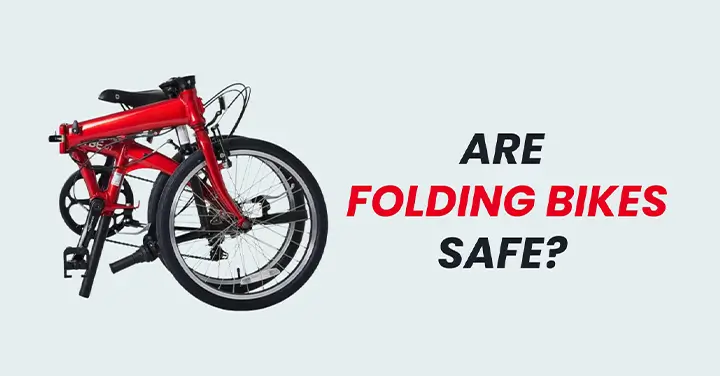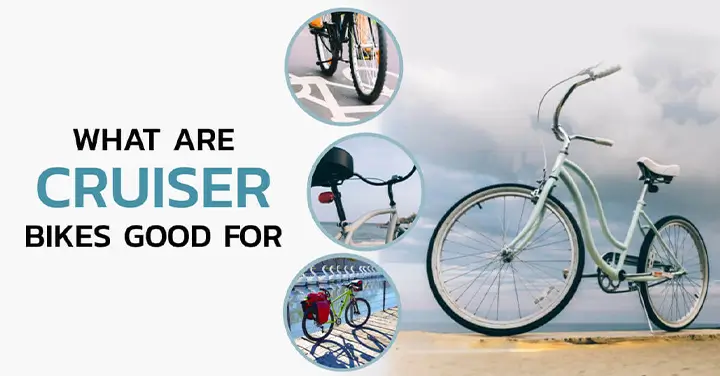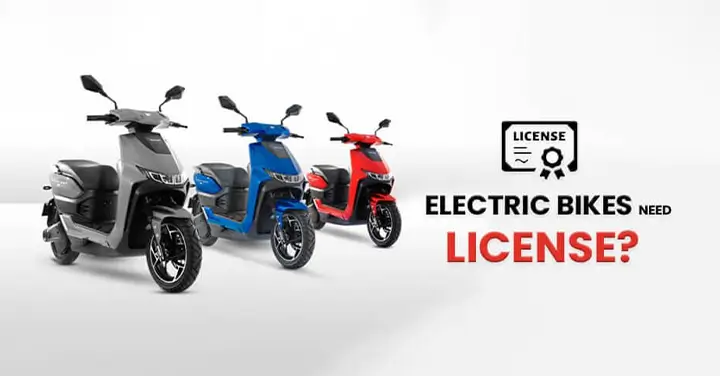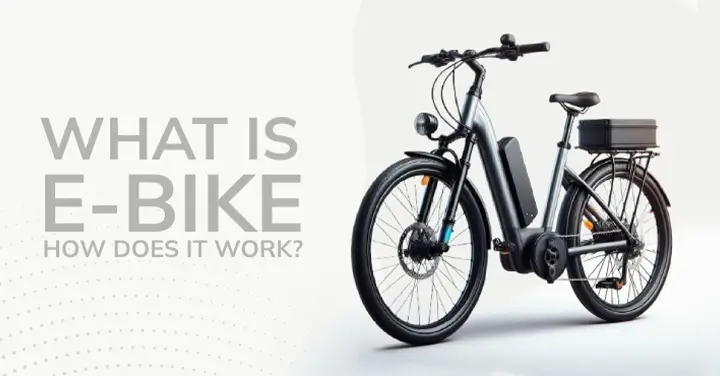Table of Contents
Have you ever been caught in the rain while riding your electric bike and worried about if it’ll survive? With motors, batteries, and electronics exposed to the elements, an important question arises – are electric bikes waterproof?
Electric bikes are not waterproof, but they are water-resistant, allowing you to ride in light rain and through occasional splashes. In this article, we’ll discuss the water resistance of key e-bike components and provide tips for riding in wet conditions. Let’s dive in!
Understanding Waterproofing in Electric Bikes

Electric bikes consist of various components, including motors, batteries, controllers, and electronic displays, all of which are susceptible to water damage if not adequately protected. Electric bike water resistance is crucial for durability and performance. Here are key points to consider:
- Components: Most e-bikes seal their electrical components, like the motor, battery, controller, and display, for moisture protection.
- IP ratings: Ingress Protection or IP ratings are used to measure the resistance of a bike’s electrical components against dust and water. The first digit represents the level of protection against dust, while the second digit represents the level of protection against water.
- Maintenance: Regularly clean your e-bike with mild soap and water, avoiding high-pressure hoses. Ensure thorough drying after rainy rides for lasting water resistance.
Are Motors Waterproof?

Most electric bikes use brushless DC hub motors. These motors have rotors and stators sealed inside a tough metal casing. This metal housing protects the internal components from dirt, debris, and moisture. However, the motors still have openings where the axle and electrical wires connect.
How well protected a motor is depends on its IP or ingress protection rating. This international standard classifies mechanical casings based on their sealing effectiveness. Most e-bike motors will have an IP54 or IP65 rating. This means they are dust-tight and can resist water spray from any direction. But they are not fully waterproof or submersible.
If water gets inside the motor casing, it can short out windings and bearings. Prolonged water exposure will lead to corrosion and cause the motor to fail over time. The effects may not be immediately noticeable, but the motor will degrade faster. Ideally the motor should be dried and checked after getting wet. Re-greasing bearings can help limit long-term damage. Overall, the motors have reasonable water resistance for riding in wet conditions. But submerging them or using high-pressure washing could allow water ingress.
Are Batteries Waterproof?

E-bike batteries are designed with water-resistance in mind, but may not be fully waterproof. The battery casing is often made of durable and water-resistant hard plastic. However, batteries have ventilation holes that allow airflow to prevent overheating, but also provide points for water ingress.
The battery control circuitry and connections between cells are vulnerable if water penetrates the outer casing. Lithium-ion cells can short circuit if exposed to water, which in rare cases can lead to thermal runaway and battery failure. That’s why most e-bike manufacturers warn against submerging the battery underwater.
Even quick splashes or riding through puddles can potentially cause water damage over time. Corrosion of the battery contacts and internal connections may occur, leading to power loss or interruptions. The battery management system should protect from issues in the short-term, but long-term water exposure degrades performance.
While the battery casing provides reasonable water resistance, e-bike batteries are best kept as dry as possible for optimal longevity and safety. Riders in wet conditions should take extra precautions and avoid deep water. After riding in the rain, drying out the battery can help minimize moisture buildup. Additional aftermarket protection like battery bags and covers adds peace of mind for wet weather riding. But the limitations of water resistance should be recognized, especially compared to the high voltages and energy stored in e-bike batteries.
How To Protect Electric Bike From Rain

Waterproofing the Wires
Protect electrical wires from moisture damage by using heat shrink tubing or self-fusing electrical tape to create a waterproof barrier. Ensure to refer to your e-bike’s manual or consult a qualified mechanic before making any modifications to the electrical system for safety.
Water Protection for Displays
While many electric bike displays are water-resistant, they may not be completely waterproof. You can purchase a screen protector specifically designed for e-bikes to add an extra layer of protection against rain and scratches.
Invest in Fenders and Mudguards
Fenders and mudguards serve as essential accessories to shield crucial parts of your e-bike, such as the motor, battery, and drivetrain, from water and mud. By reducing splashing and spray, they help maintain the dryness of these components, thus lowering the risk of corrosion. Ensure secure attachment and ample coverage to effectively safeguard your e-bike.
Dry Your Bike Thoroughly
After riding in the rain, it’s important to dry your bike thoroughly to prevent rust and corrosion. Use a clean, dry cloth to wipe down the frame, wheels, and other components. Pay special attention to areas where water may pool, such as the bottom bracket and headset.
Maintenance and Care
Regularly conduct maintenance inspections on your e-bike. While electric bikes are designed to be water-resistant, proper maintenance and care are essential to ensure their longevity, especially in wet conditions. Regularly check your e-bike for water damage like corrosion, rust, or moisture. Focus on connectors, wiring, and the battery compartment. Store your e-bike in a dry place when not in use, like a garage. Use a bike cover if storing outdoors to shield it from rain.
Conclusion: Are Electric Bikes Waterproof?
In conclusion, electric bikes are generally designed to be waterproof or water-resistant to varying degrees. Manufacturers implement waterproofing features in key components such as motors, controllers, batteries, and wiring to protect them from water damage. However, it’s essential for e-bike owners to perform regular maintenance and care to ensure their bikes remain in optimal condition, especially in wet weather conditions. By following these guidelines, you can enjoy riding your electric bike with confidence, rain or shine.








